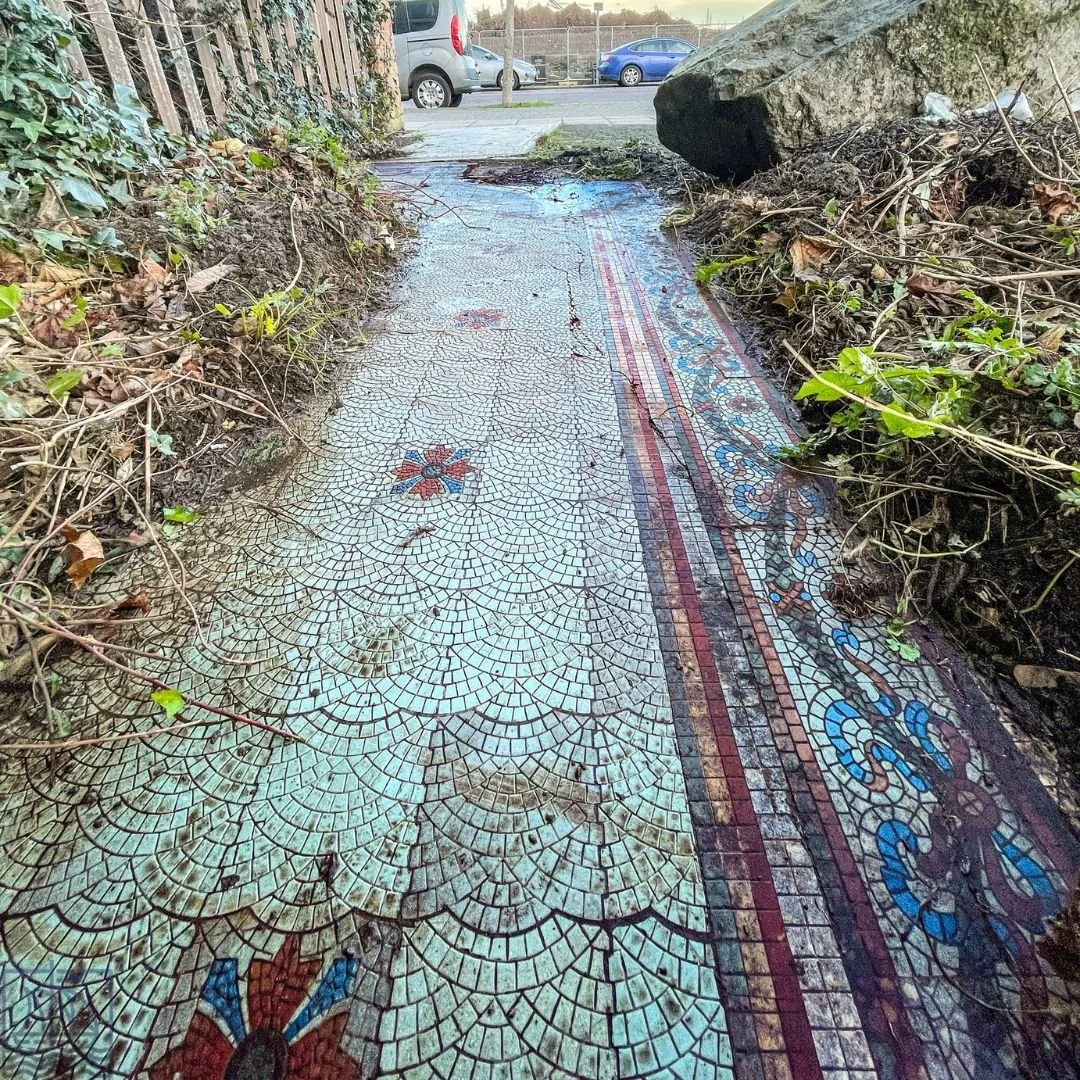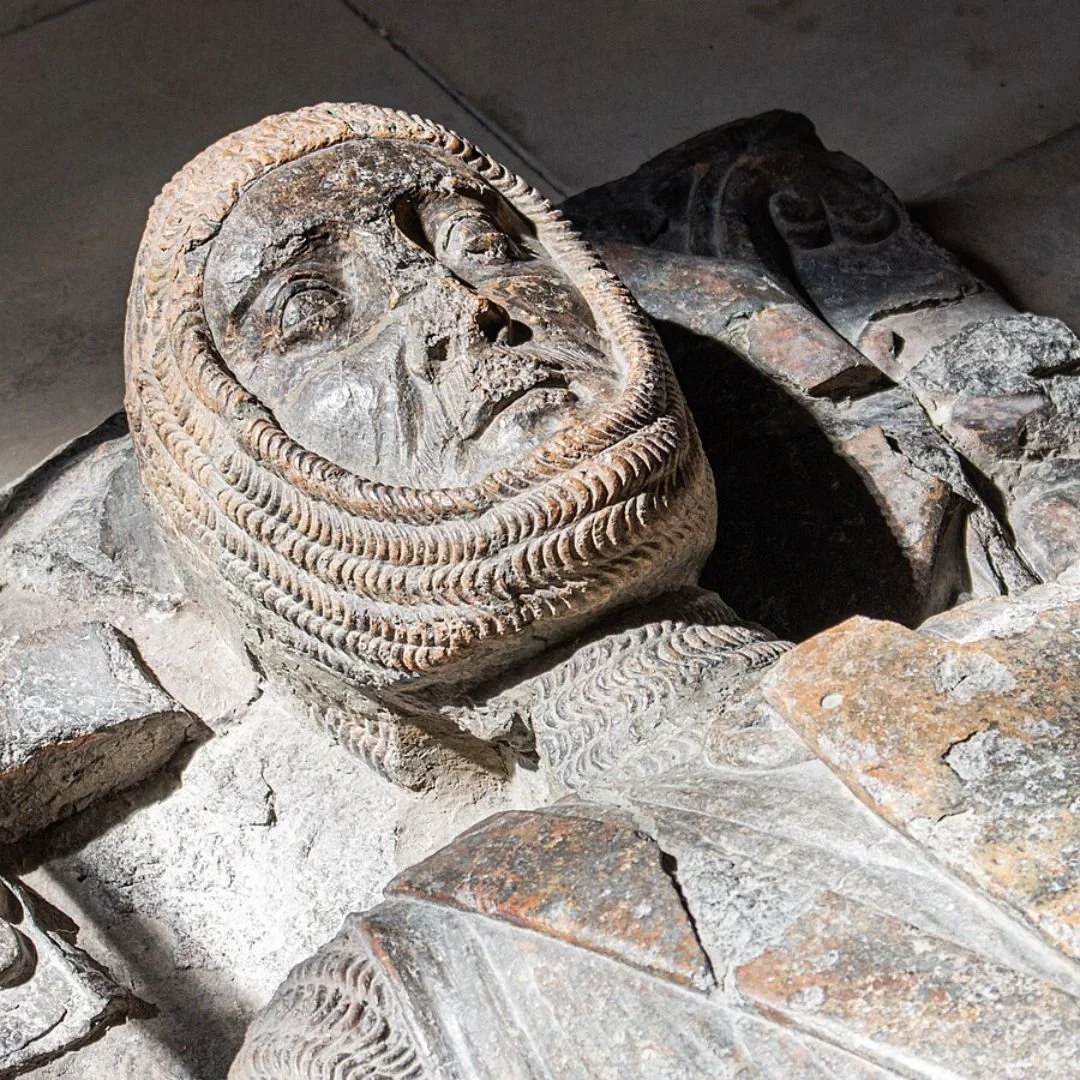The Götheborg Replica Sails Through River Thames, London
A replica of an 18th century ship sailed down the River Thames, London in 2022 during a tour of Europe.
This replica vessel (the original ship sank over 270 years ago) made a triumphant return to London for the first time in 15 years, leaving spectators in awe of its historic significance.
The world’s largest, active, ocean-going, wooden sailing ship fired her canons next to Tower Bridge, and then opened to the public to go on board for a look around.
Crafted with meticulous attention to detail, the remarkable galleon stands an impressive 150 feet tall and spans 36 feet in width.
Adorned with over two dozen sails, this magnificent vessel was painstakingly reconstructed by skilled shipbuilders on a 1:1 scale, culminating in its grand completion amidst great fanfare in 2005.
Once hailed as the world's largest wooden seafaring ship, the original Götheborg met its demise under mysterious circumstances in 1745, succumbing to the perils of a notorious submerged rock after running aground.
Today, this faithful replica stands as one of the largest operational wooden sailing vessels globally, continuing its legacy on the high seas.
The famous ship now tours the world.
During its famous visit to London, the ship's onboard exhibitions transported visitors back in time to the 18th century, revealing the eye-opening history of the Götheborg and its crew all while also experiencing the 'tremendous art of shipbuilding in a contemporary 18th century environment.
Gotheborg's official website said: 'On board Götheborg you will visit the beautiful weather deck with the helm, capstan and ship's bell.
'Sundeck offers great views of the ship and masts, and down on gun deck there are ten impressive cannons.
'Don't miss the two pieces from the original ship, one piece by the historical cupboard with porcelain and chalk pipes on gun deck, and the other one recessed into the helm.'
Original Götheborg ship
Constructed at the Terra Nova shipyard in Stockholm, Götheborg was launched in 1738.
According to writer Björn Ahlander, it took approximately one and a half years to build a vessel of such magnitude during the 1700s.
With a tonnage equivalent to about 830 tons (1,830,000 pounds), Götheborg set sail on its maiden voyage in 1739, armed with 30 cannons and manned by an initial crew of 144.
Throughout its service, the ship completed three voyages to China.
However, tragedy struck in 1745 as it approached Gothenburg harbour.
After 30 months at sea and with a mere 900 metres left to reach its destination, Götheborg collided with the Knipla Börö, a well-known submerged rock.
While the exact cause of the collision remains a mystery, numerous theories have been proposed.
Although efforts were made to salvage much of the cargo, which included tea, porcelain, spices, and silk, the ship remained lodged on the rock for a period before eventually sinking.
While visible above the water's surface for some time, the remains of Götheborg eventually descended to the seabed.
The exact cause of the ship running aground remains ambiguous, primarily due to the limited availability of contemporary written accounts.
Notably, Götheborg was under the guidance of a highly skilled pilot, Caspar Matthisson (1712–1783) from Brännö, who boasted seven and a half years of experience at the time of the incident.
In 1984, the discovery of the wreckage of the vessel Götheborg sparked the idea of constructing a replica.
The keel for this ambitious project was ceremoniously laid on June 11, 1995, at the Eriksbergs wharf, a site steeped in maritime history along the Göta älv in Gothenburg.
Constructed employing age-old, traditional methodologies, the vessel was meticulously crafted to closely emulate its original counterpart.
However, a minor adjustment was made to enhance the headroom of the deck by 10 centimetres, recognising that modern seafarers tend to be taller than their predecessors.
While the exterior remains true to the original, the interior is highly modern.
The vessel was officially launched on 6 June 2003, with great festivities and in the presence of representatives from the Swedish Royal family.
Throughout its recent stay in London, the replica Götheborg became a focal point of interest and admiration.
Visitors flocked to the docks to explore its decks, imagining themselves embarking on voyages of exploration and trade.
Who knowns when / if it will return to the capital.
If you have any old photos of the ships’s visit to London a couple of years ago, we’d love to see them!
If you enjoyed this blog post, please follow Exploring GB on Facebook for daily travel content and inspiration.
Don’t forget to check out our latest blog posts below!
Thank you for visiting Exploring GB.



















